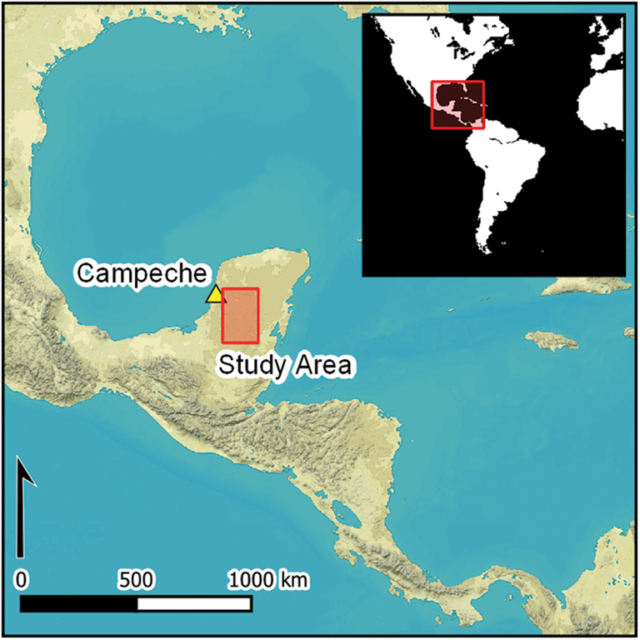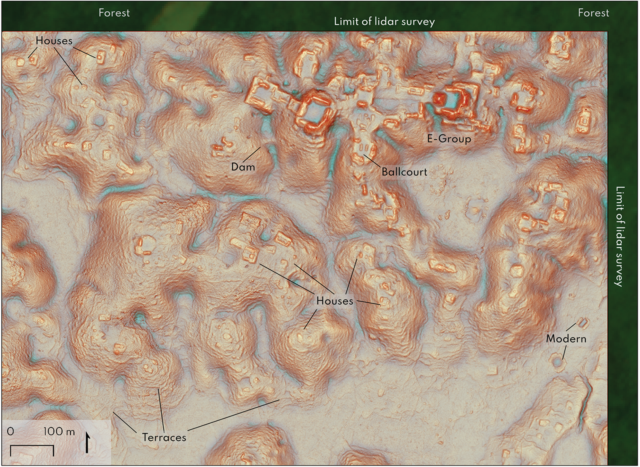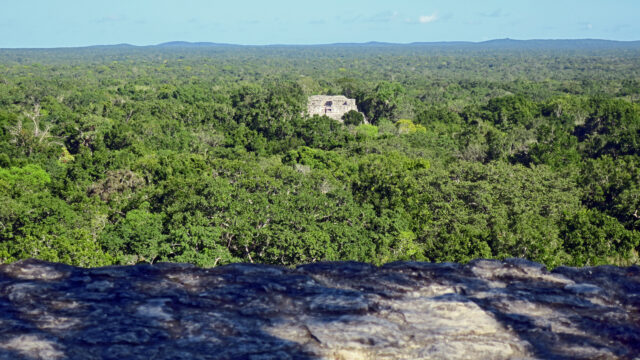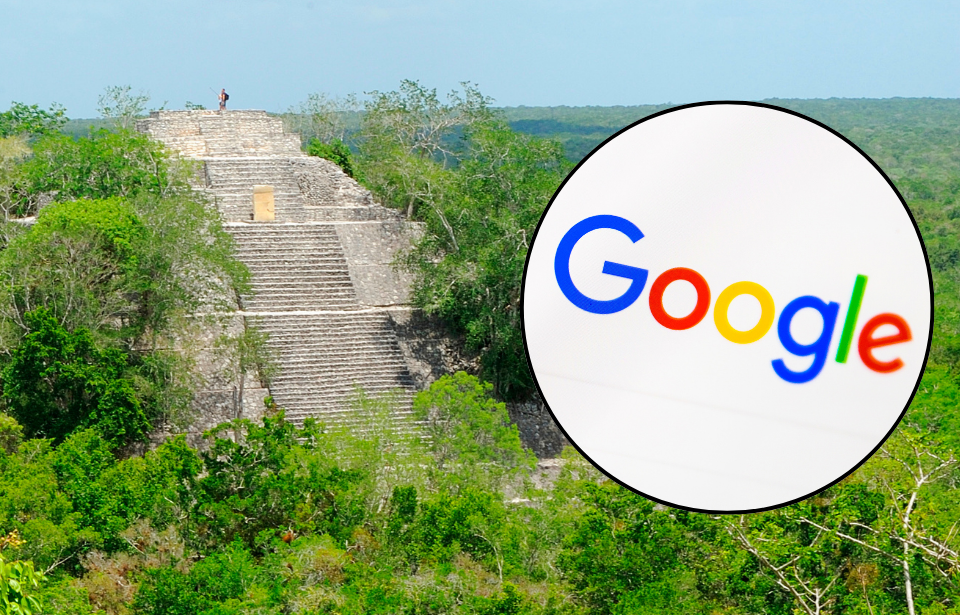People make incredible discoveries every day; whether on a hike, during renovations or even fishing at a lake, they come across historic relics long lost to time. However, it’s not often someone makes a remarkable discovery from behind a computer screen. That’s exactly what happened, as a university student uncovered an entire ancient city while browsing the internet!
Shared in the journal Antiquity, the details of the incredible find make it even more astounding.
Scrolling through Google

While browsing page 16 of a Google search term, Tulane University PhD student Luke Auld-Thomas came across a lidar survey in the Yucatan peninsula by a Mexican organization. Lidar technology allows archaeologists to scan large areas of land for structures buried beneath vegetation. After processing the data, he accidentally discovered a hidden ancient city.
As it turns out, the hidden city existed between 750 and 850 AD, and it was home to around 30-50,000 people. Interestingly, its population was actually greater than the number of individuals residing in the area today.
After the discovery, Auld-Thomas and his colleagues decided to name the city “Valeriana,” after a lagoon located close to the site.
What does additional research reveal?

Valeriana was hidden for millennia, but what’s shocking is its proximity to present-day society. The site is located just 15 minutes by foot from a major road and spans 16.6 kilometers. This equates to around the same size as Edinburgh, Scotland, making it the second-largest Mayan site in Latin America, behind Calakmul, Campeche.
The survey suggests there were two plazas at the site, each with a temple pyramid, as well as a court that was likely used for sport. Additionally, there was a reservoir inside the city, meaning the population was able to survive thanks to their ability to manipulate the landscape. As the published report phrased it, this lost settlement “has all the hallmarks of a classic Maya political capital.”
Luke Auld-Thomas believes Valeriana can teach us a lot

While Valeriana clearly thrived for a period of time, it remains unclear to researchers why it was ultimately abandoned. However, they believe climate change had a big impact. Despite this mystery, the discovery remains incredible.
Luke Auld-Thomas is quoted as saying in the study, “The government never knew about it, the scientific community never knew about it. That really puts an exclamation point behind the statement that, no, we have not found everything, and yes, there’s a lot more to be discovered.”
He continued to discuss how, by studying these ancient cities, researchers may be able to determine solutions to modern day issues.
More from us: Kinbane Castle Offers a Glimpse Into Northern Ireland’s Turbulent Past
Want to become a trivia master? Sign up for our Today In History newsletter!
“There were cities that were sprawling agricultural patchworks and hyper dense,” Auld-Thomas said. “Given the environmental and social challenges we are facing from rapid population growth, it can only help to study ancient cities and expand our view of what urban living can look like.”
